Graphene is a simple material containing only a single layer of carbon atoms, but when two sheets of it are stacked together and offset at a slight angle, this twisted bilayer material produces numerous intriguing effects, notably superconductivity.
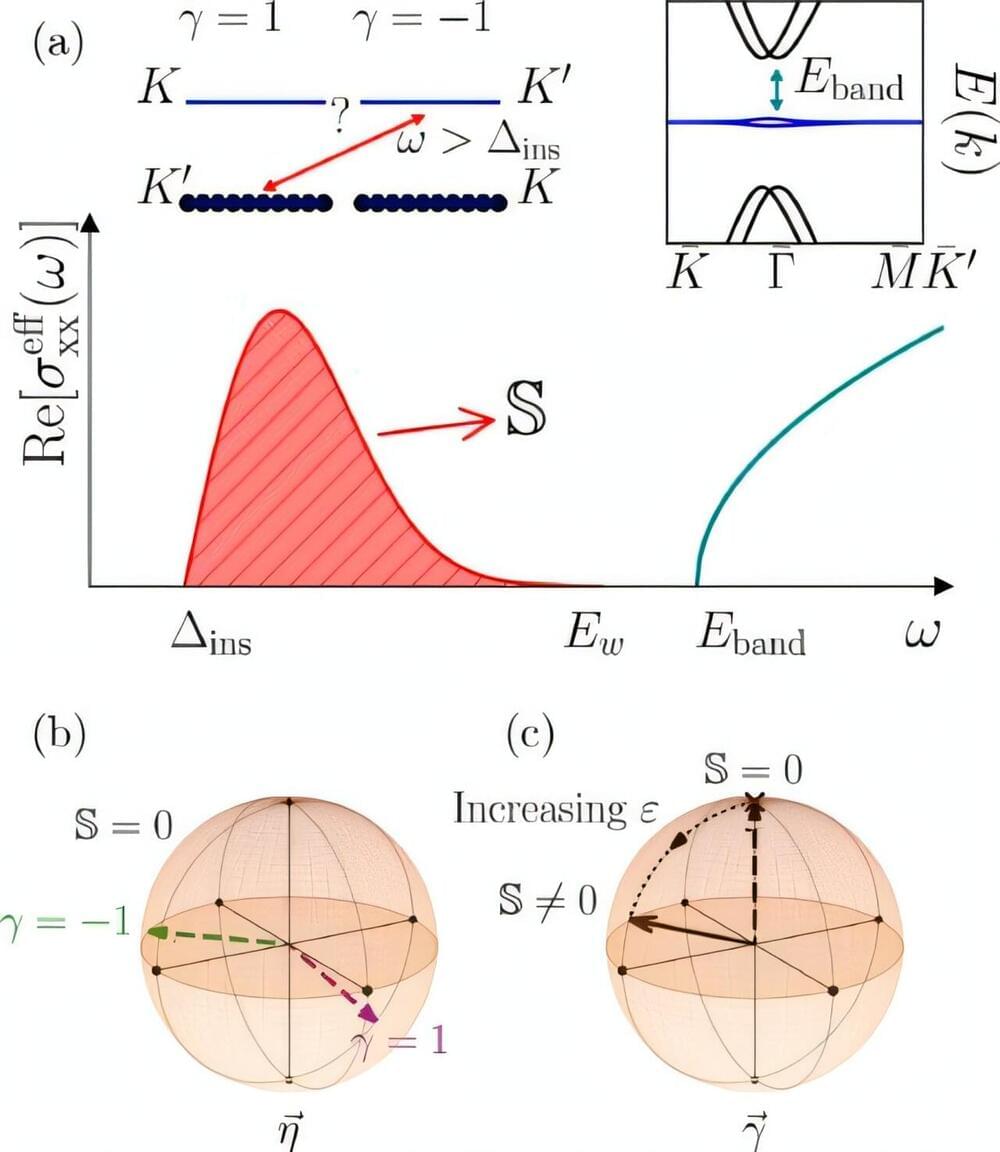

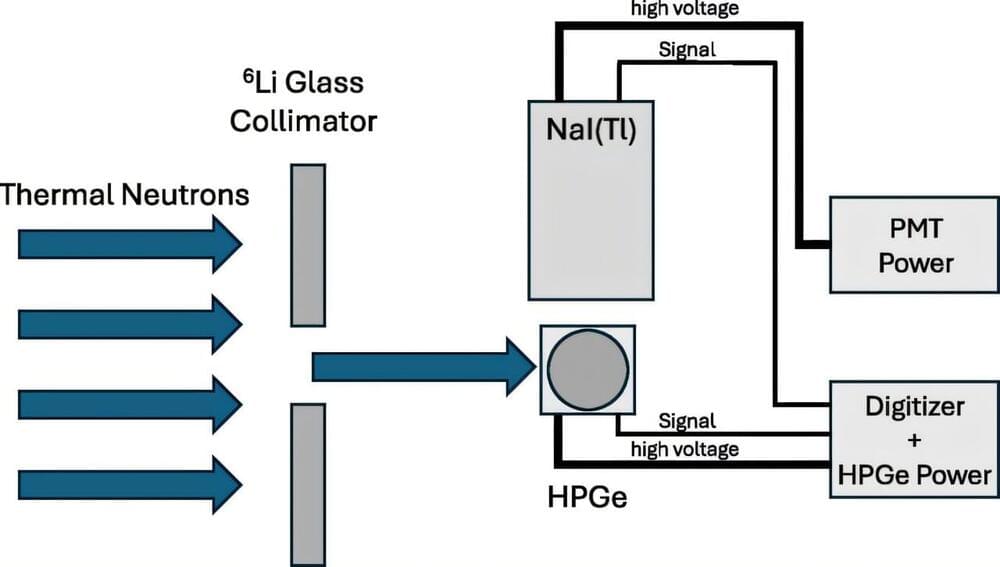
Fine tuning an experimental setup improved a detector’s sensitivity to neutrinos and perhaps eventually dark matter—two difficult-to-measure forms of matter which hold great importance for understanding particle physics and experimental cosmology. The University-of-Michigan-led study is published in Physical Review D.
The polarization of light finds practical application in physics and chemistry through the optical activity phenomenon, where polarimeters play a crucial role. This research builds on the improvised polarimeter designed by Kvittingen and Sjursnes, implemented with relevant modifications, to measure optical rotations of over-the-counter ascorbic acid samples. The study aims to assess the purity of two brands of ascorbic acid through polarimetry, comparing the calculated specific rotation with the literature values and supplementing the characterization with melting point determination. The constructed polarimeter, assembled using Lego bricks, provides an affordable alternative for educational purposes, addressing the challenges observed in the accessibility of commercial polarimeters for classroom demonstrations. The methodology encompasses pre-experiment steps involving polarimeter construction, the experiment utilizing polarimetry and complementary melting point determination, and post-experiment analysis to determine specific rotation from the measured optical rotations. Results indicate that Brand X exhibited specific rotations close to theoretical values, inferring high purity. Conversely, Brand Y shows significant deviations, suggesting potential impurities. These conclusions are supported by melting point data. The comprehensive approach combining polarimetry and melting point determination enhances the reliability of purity assessments, showcasing the effectiveness of the improvised polarimeter in practical applications.
R J M Felicidario and R M delos Santos 2024 J. Phys.: Conf. Ser. 2,871 012009.

Physicists at the Max Planck Institute for Dynamics and Self-Organization (MPI-DS) have investigated to which extent a piece of music can evoke expectations about its progression. They were able to determine differences in how far compositions of different composers can be anticipated. In total, the scientists quantitatively analyzed more than 550 pieces from classical and jazz music.
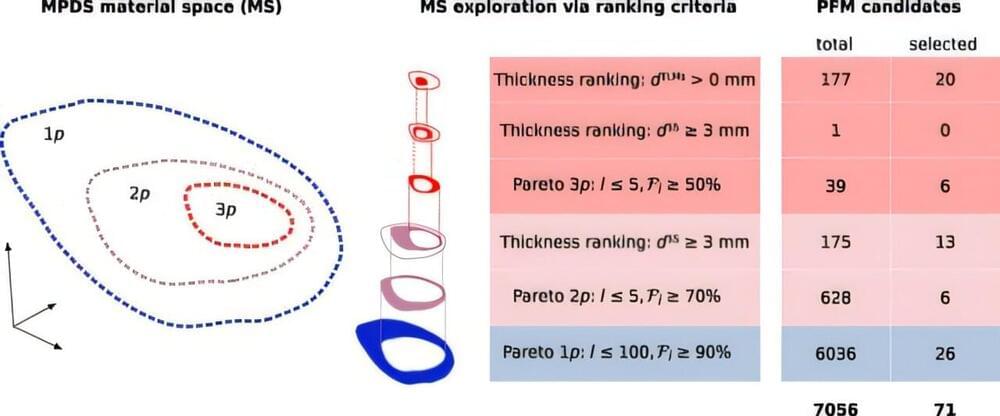
Science can be difficult to explain to the public. In fact, any subfield of science can be difficult to explain to another scientist who studies in a different area. Explaining a theoretical science concept to high school students requires a new way of thinking altogether.
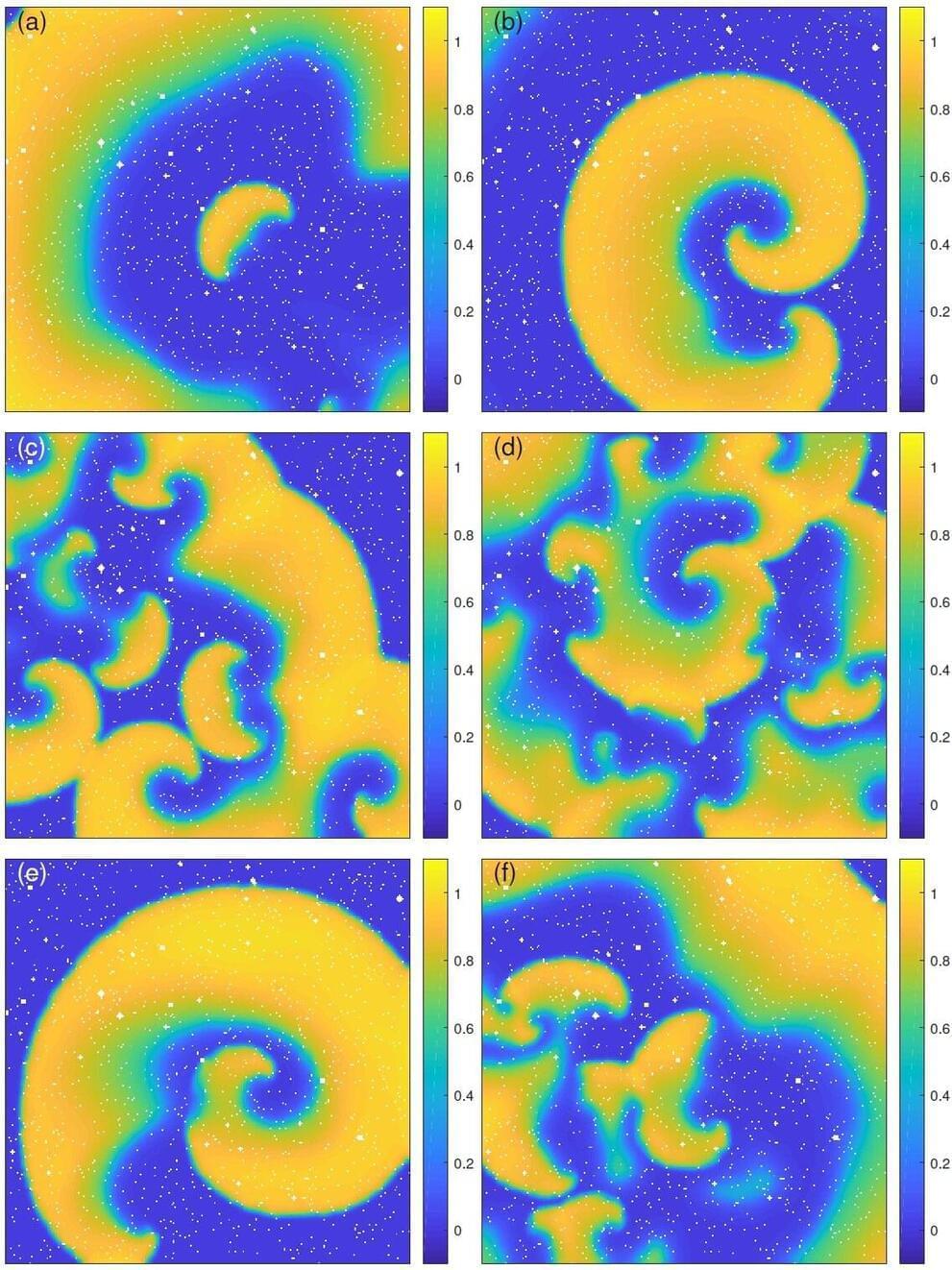
In a paper published in Chaos, researchers from Sergio Arboleda University in Bogotá, Colombia, and the Georgia Institute of Technology in Atlanta used an electrophysiological computer model of the heart’s electrical circuits to examine the effect of the applied voltage field in multiple fibrillation-defibrillation scenarios. They discovered far less energy is needed than is currently used in state-of-the-art defibrillation techniques.
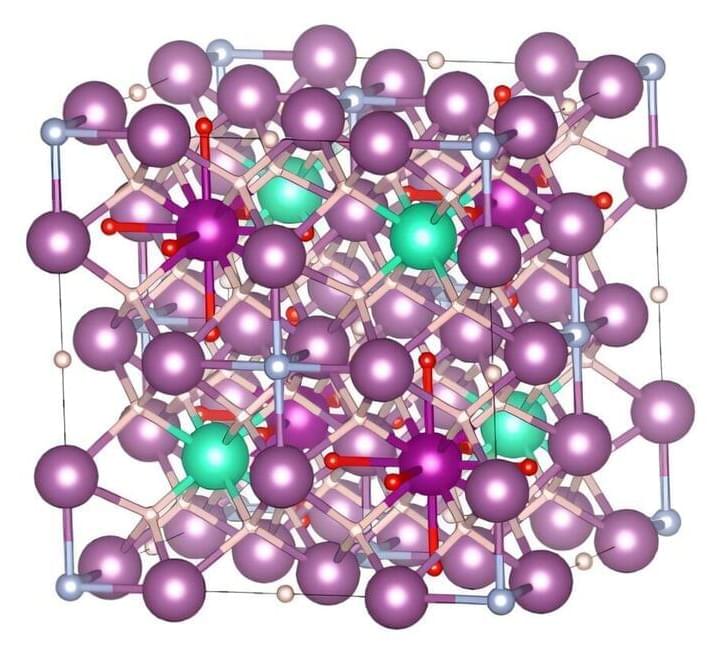
A new hydrogel semiconductor from the University of Chicago offers a groundbreaking solution for bioelectronics, blending tissue-like properties with high electronic functionality, enhancing medical device integration and effectiveness.
The perfect material for interfacing electronics with living tissue is soft, stretchable, and as water-loving as the tissue itself, making hydrogels an ideal choice. In contrast, semiconductors, the key materials for bioelectronics such as pacemakers, biosensors, and drug delivery devices, are rigid, brittle, and hydrophobic, making them impossible to dissolve in the way hydrogels have traditionally been built.
Breakthrough in Bioelectronics.

Our ability to see begins with the light-sensitive photoreceptor cells in our eyes. A specific region of the retina, called the fovea, is responsible for sharp vision. Here, color-sensitive cone photoreceptors enable us to detect even the smallest details. The density of these cells varies from person to person.
Additionally, when we fixate on an object, our eyes make subtle, continuous movements, which also differ between individuals.
Researchers from the University Hospital Bonn (UKB) and the University of Bonn have now investigated how sharp vision is linked to these tiny eye movements and the mosaic of cones. Using high-resolution imaging and micro-psychophysics, they demonstrated that eye movements are finely tuned to provide optimal sampling by the cones. The results of the study have now been published in the journal eLife.